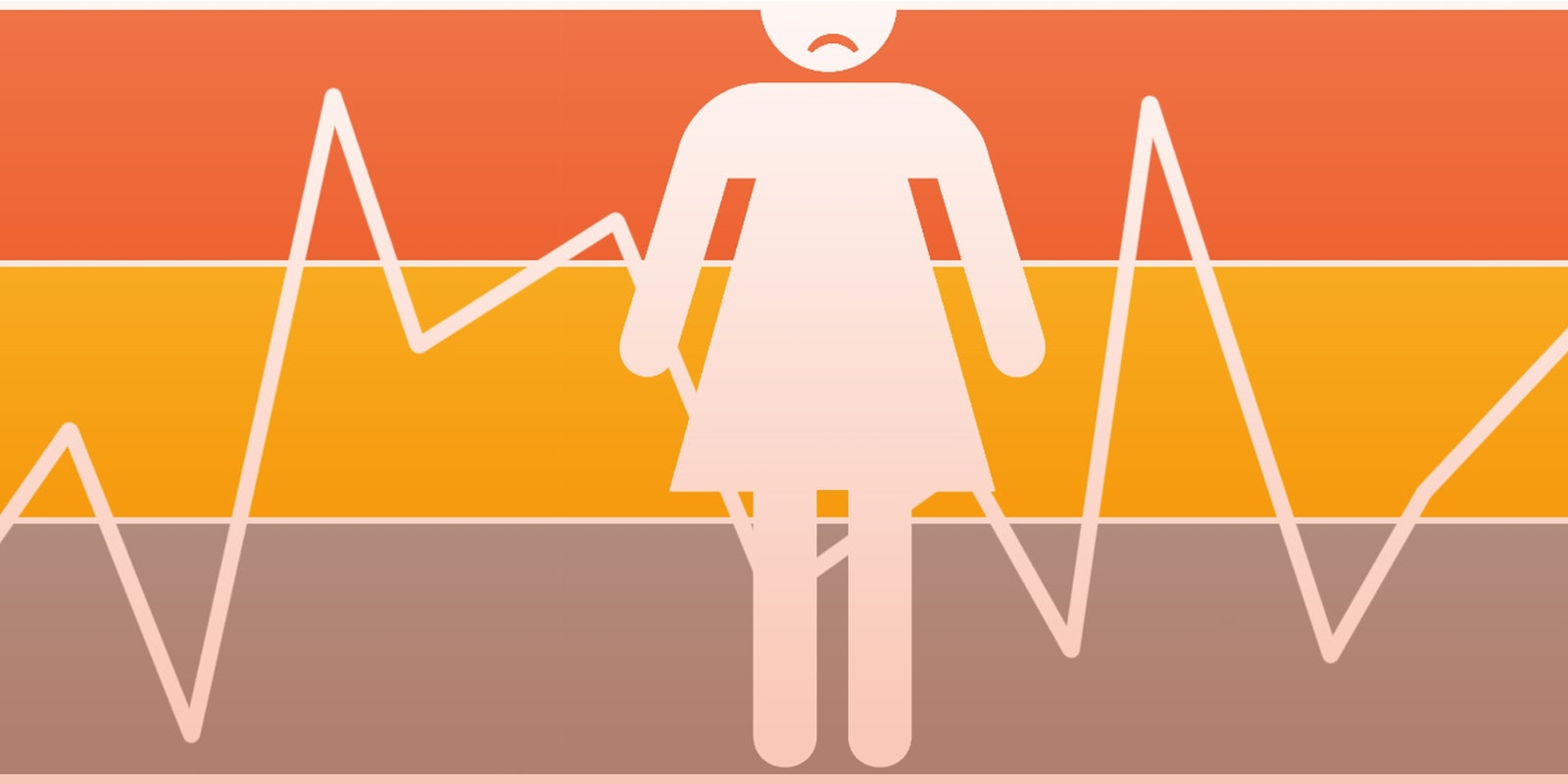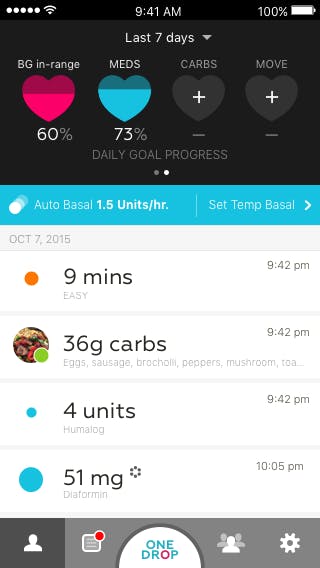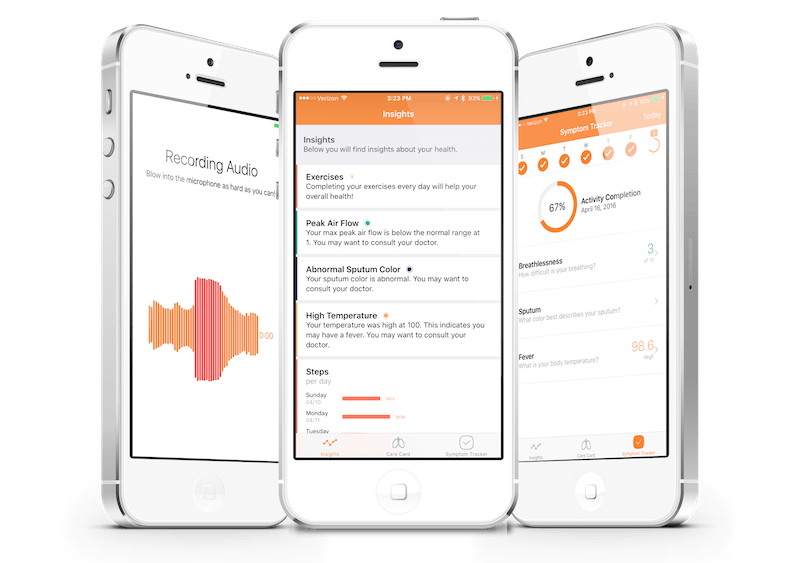Doctor visits sometimes provide only a partial picture of your overall health, but with constant healthcare monitoring, the data we keep in our pockets could provide more a comprehensive picture of our wellness.
Apple’s CareKit is now available for developers to explore and tinker with, letting app creators give people the tools they need to continuously monitor and document information about health through their mobile devices.
CareKit-enabled apps can give healthcare providers information beyond how you’re feeling on a particular day. Instead of evaluating you in one moment, they can assess how you’ve felt for the last week, month, or year.
Apple‘s open-source framework includes four different modules: Care Card, Symptom and Measurement tracker, Insight Dashboard, and Connect. Each module adds features to health apps that make it easy to document medication and physical therapy, monitor pain, and share data with family members or physicians.
A handful of apps already integrate with CareKit, after their developers worked with Apple to implement the framework to debut alongside its public release.
One Drop, for instance, helps people manage diabetes through activity and glucose tracking. The app is a social experience for people with diabetes—by sharing their anonymous, de-identified data with the One Drop community, they can engage with people who share their conditions to learn how to better manage their health.
“CareKit’s core function is really basic software building blocks for software developers to stand up an elegant, sophisticated and beautiful user experience for empowering users to take care of their own health,” One Drop founder and CEO Jeff Dachis said in an interview. “We have the development resources to build the features that CareKit offers, and that’s great. But most organizations don’t have those resources.”
“If we can participate in helping thousands of organizations deliver better digital health to their users, which could number in the millions,” Dachis said, “then that’s really a noble cause.”
Dachis created One Drop after he was diagnosed with Type 1 diabetes. He said the care he received from doctors about his diagnosis was not a very human experience, and there was no tool that could track all the health information crucial to managing diabetes—like food, medication, and activity—in one place.
One Drop is not only a repository for people to collect and store that information, but also a way to share it with a community to find support, identify patterns, and learn from others.
One Drop uses the Symptom and Measurement tracker to let people add metadata to their health entries. For instance, if someone enters a glucose level of 250, they can also note whether they were feeling unhappy or stressed at the time. Using the Care Card module, people can set up and track daily benchmarks, and with Care Connect, they can send their information to caregivers or family members.
One Drop believes the data-driven healthcare revolution must give people the tools and resources they need to manage their health independently.
“We believe self-care is going to eat healthcare,” Dachis said. “For brain surgery, you need a doctor. But day-in-and-day out life, like diabetes and eating a burrito, you don’t need a doctor.”
Doctors and healthcare providers are using CareKit, too. At the Cleveland Clinic, physicians are using the development framework to build an app that helps patients manage respiratory conditions.
Patients with breathing issues like chronic obstructive pulmonary disease (COPD) and asthma can use the iPhone‘s microphone to get a measurement of a pulmonary function. It’s not necessarily a substitute for a spirometer, but it approximates the pulmonary function based on pressure changes in the breath, Dr. Jay Alberts, Vice Chair of Health Technology Enablement and Clinical Transformation Director at the Cleveland Clinic, said in an interview.
Additionally, patients can record symptoms within the app, which also pulls things like activity levels and step counts from Apple’s main Health app. Patients also respond to questionnaires and receive certain exercises—approved by respiratory therapists—to perform.
The app lets physicians and patients connect around a common source, while also enabling continuity of care based on its constant stream of data, Alberts said.
Eventually, doctors will use the data to go beyond just Cleveland Clinic patients. Physicians will be able to use predictive analytics to recognize patterns or create a larger picture of the population’s health by researching anonymized data.
“That’s where we have the potential to switch from digital health into digital medicine,” Alberts said. “That to me is the real exciting part about this.”
Thousands of developers are now beginning to build CareKit into their apps—and soon, we, and our doctors, might be relying more on our mobile devices for comprehensive self-care.




